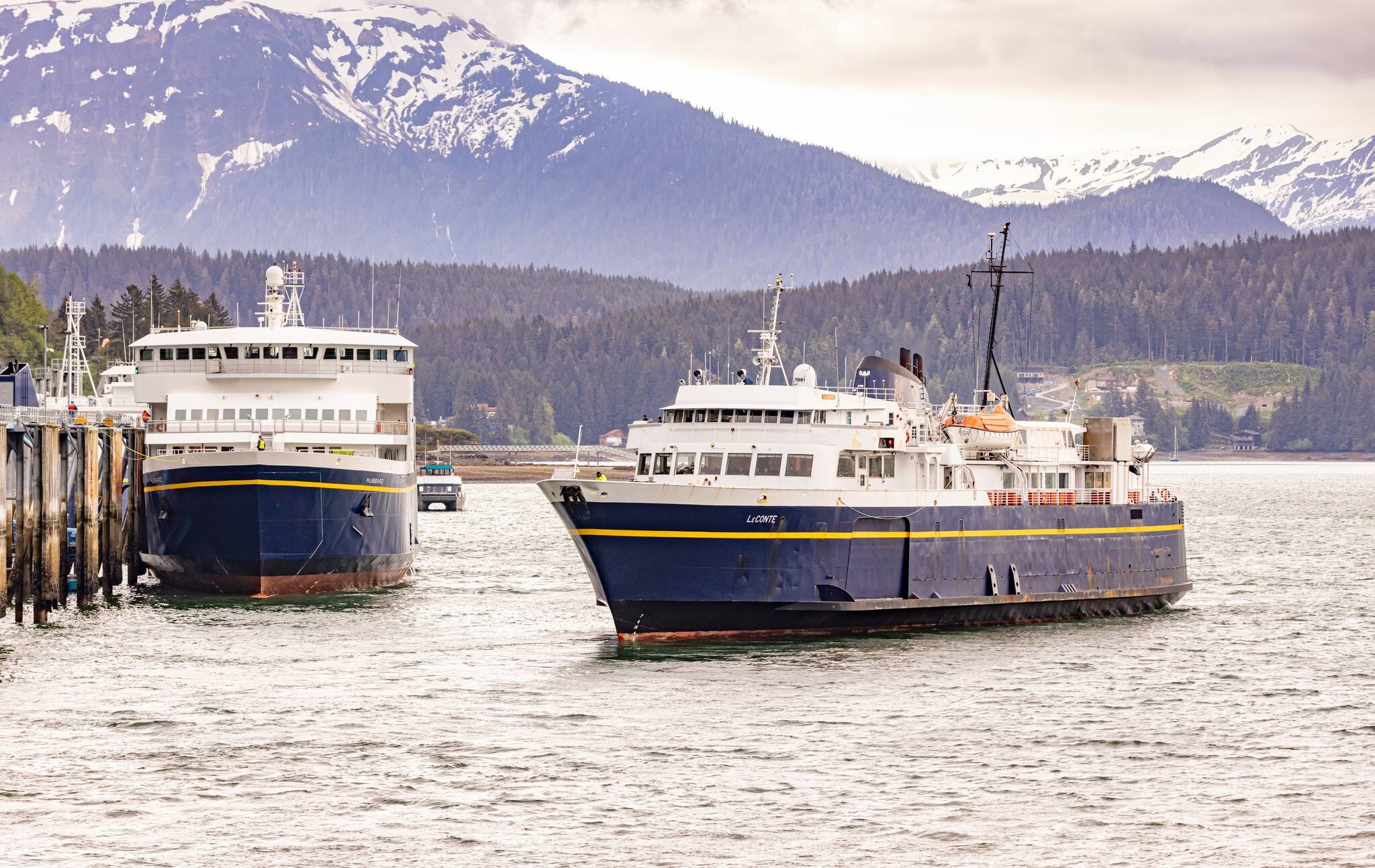The Alaska Marine Highway System, which five months ago embarked on improving its hiring process to address chronic crew shortages, is unable to say how many new employees it has hired since then.
The push started after a consultant’s report in January determined the state had hired just four out of 250 job applicants the over prior 12 months. The crew shortage forced the state to pull the Kennicott, the second-largest operable ship in the fleet, off this summer’s schedule and keep it tied up at the dock in Ketchikan.
Asked how many new employees have been hired since the state received the report and how many have left the job, the Alaska Department of Transportation and Public Facilities, which manages the ferry system, said it was unable to provide an answer.
“We don’t have numbers to share at this time. We’re working to better utilize technology for crewing management and expect to have a better handle on the crew census very soon,” department spokesman Sam Dapcevich replied in an email last week.
The ferry system has been short of onboard employees for more than two years, keeping crew at work for extra shifts, denying vacation requests, running up overtime and, in a few cases, canceling sailings for lack of crew.
“It’s a weekly challenge to keep the six (operating) vessels crewed,” Dapcevich said. “Aggressive recruitment efforts continue, in addition to implementing a payroll process overhaul and working on letters of agreement with the three maritime unions.”
Southeast legislators were disappointed to hear that the ferry system cannot produce hiring numbers.
“That’s a non-answer,” state Sen. Bert Stedman, a Sitka Republican, said last Thursday of the management response. “They should be out in front of that stuff.”
”They should have numbers,” said state Rep. Dan Ortiz, a Ketchikan independent. “Legislators are growing increasingly frustrated.”
Stedman is co-chair of the budget-writing Senate Finance Committee and Ortiz is a member of the House Finance Committee.
Though the state is unable to provide the numbers, it has made progress in adding staff, Dapcevich said. “Since we started streamlining the hiring process, we have successfully filled all our entry-level positions. Our current challenge is a shortage of licensed personnel. There’s a limited pool of qualified licensed crew…to operate our larger vessels.”
Though licensing qualifications are a barrier for some applicants, the ferry system “is losing many potential employees due to a cumbersome application process and lack of timely communication once applications are initiated,” according to January’s report prepared by Anchorage-based PeopleAK under a contract with the state.
“Since 2019, AMHS has lost more staff annually than recruitment efforts can replace. For every person hired, 1.8 people leave,” according to a Department of Transportation report almost a year ago.
“The shortage of qualified crew members threatens operations. Vessels are frequently at risk of going into layup and sailing with a crew operating by extensive holdovers and significant overtime status, leading to low morale,” the internal report said.
The department in January 2022 signed a $250,000 contract with a search firm to recruit potential employees, which resulted in four hired out of 250 applicants.
The state was to blame for the poor results, Katherine Keith, deputy commissioner at the Department of Transportation, said in March. State personnel were too quick to reject applicants for issues as picky as mistakes in their cover letter, and were too cautious and waited too long for everything to get finished, such as maritime credentials, before making job offers, she said.
“We’ve made changes in processes, but changing the culture, along with our onboarding processes, will take time,” Dapcevich said last week.
The marine highway is budgeted for more than 600 onboard crew positions, but does not need that many with three ships out of service: Kennicott (lack of crew), Matanuska (needs costly steel repairs) and Tazlina (scheduled for shipyard work to add overnight quarters for crew).
The most noticeable loss due to the crew shortage is the Kennicott. Ferry system management in March said the vessel would go to work this summer if the state could hire enough workers.
“Due to continued crew shortages, we do not anticipate adding Kennicott back in the summer schedule,” Dapcevich reported last week. “The ship is planned to resume service in November,” as other vessels are pulled from service for winter overhaul and maintenance.
However, marine highway officials have spent the past week making plans to put the Kennicott ferry into service during the summer as an alternative vessel if necessary, due to problems with the Columbia that took that vessel of out service for a week for repairs, Ryan Anderson, commissioner of the Transportation Department, told the Juneau Empire on Monday.
“We have some scenarios where if that happens there would be a pause for days, we believe, not weeks,” he said. The key issue to resolve is “we have to move crews around and so that’s what takes time.”
The loss of the Kennicott brought an end to Alaska ferry service to Prince Rupert, British Columbia, which offered travelers a substantially lower-cost connection to the North American highway system than the longer run to Bellingham, Washington.
The Kennicott is the only operable vessel in the fleet that meets international classification standards to call on a foreign port.
The state stopped service to Prince Rupert in fall of 2019, then resumed the run briefly last summer and had planned a full summer of voyages to the Canadian port this year — until pulling the ship out of service.

